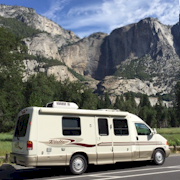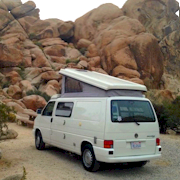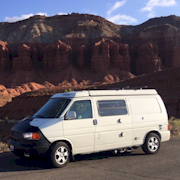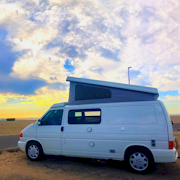Pop Top Heaven, Inc.
Certified Pre-Owned Camper Sales, Consignment, Service, & Reconditioning.
Shipping available to your door.
© 2024 Pop Top
Heaven, Inc.
Find Your Adventure






Sales, Consignment,
Service, Reconditioning.
Due to demand, in person visits
to our lot are by appointment only
M-F 9AM-5PM PST (909) 389-1491
Campers For Sale
Online Store
Service
That page doesn't exist on our web site.
You may click here to enter our site!